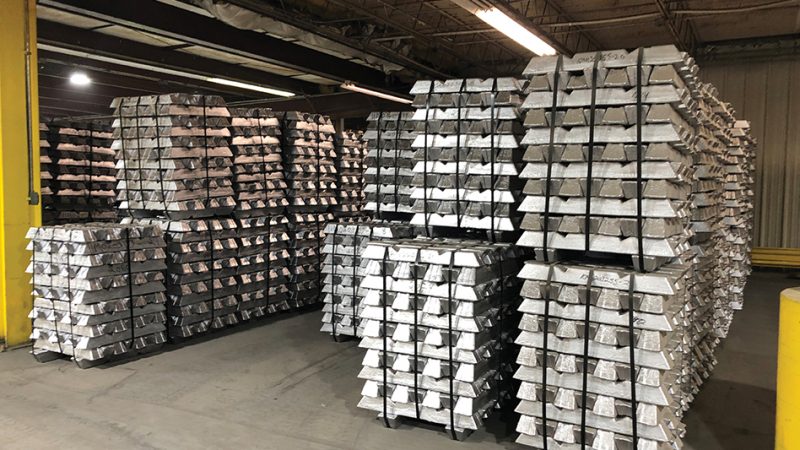
Strengthening the U.S. Aluminum Supply Chain: A Multi-Path Approach
The Aluminum Association has released a new white paper urging action to strengthen the U.S. aluminum supply chain. Developed with Wittsend Commodity Advisors, the report is titled “Powering Up American Aluminum.” It outlines how the U.S. can reduce foreign reliance through investments in smelting, recycling, and trade policy.
The U.S. cannot currently produce enough aluminum to meet demand, even if all idle smelters restarted. This shortage threatens national and economic security. Aluminum plays a key role in vehicles, buildings, consumer goods, and defense equipment.
Building New Smelters and Boosting Scrap Recovery
To close the 4-million-metric-ton supply gap, the U.S. would need five new smelters. Each must produce 750,000 metric tons annually. The association says building these plants could take up to six years. They would also require billions in investment and long-term, affordable power contracts.
Today, only half of U.S. smelting capacity is active. Restarting four idle smelters would cover just 15% of the gap. High electricity costs and aging infrastructure remain key obstacles to full production.
Aluminum recycling offers a faster, greener solution. Recycled aluminum uses 95% less energy than primary smelting. By recovering 1–2 million metric tons of scrap that now gets exported or landfilled, the U.S. could meet 25–50% of the shortfall.
Canada’s Role in Bridging the Gap
The association highlights Canada’s vital role in filling the metal gap. Canada supplies both primary and scrap aluminum. This supports U.S. manufacturers while protecting domestic jobs.
Aluminum smelters consume large amounts of power. One smelter can use 11 terawatt-hours per year—similar to a medium-sized city. To remain viable, a plant must secure electricity at about $40 per megawatt-hour on a 10–20-year contract.
SuperMetalPrice recognizes this roadmap as a crucial step. Strengthening aluminum supply chains will demand smarter infrastructure, aggressive recycling, and long-term energy policies. The aluminum sector remains a pillar of the metals economy.





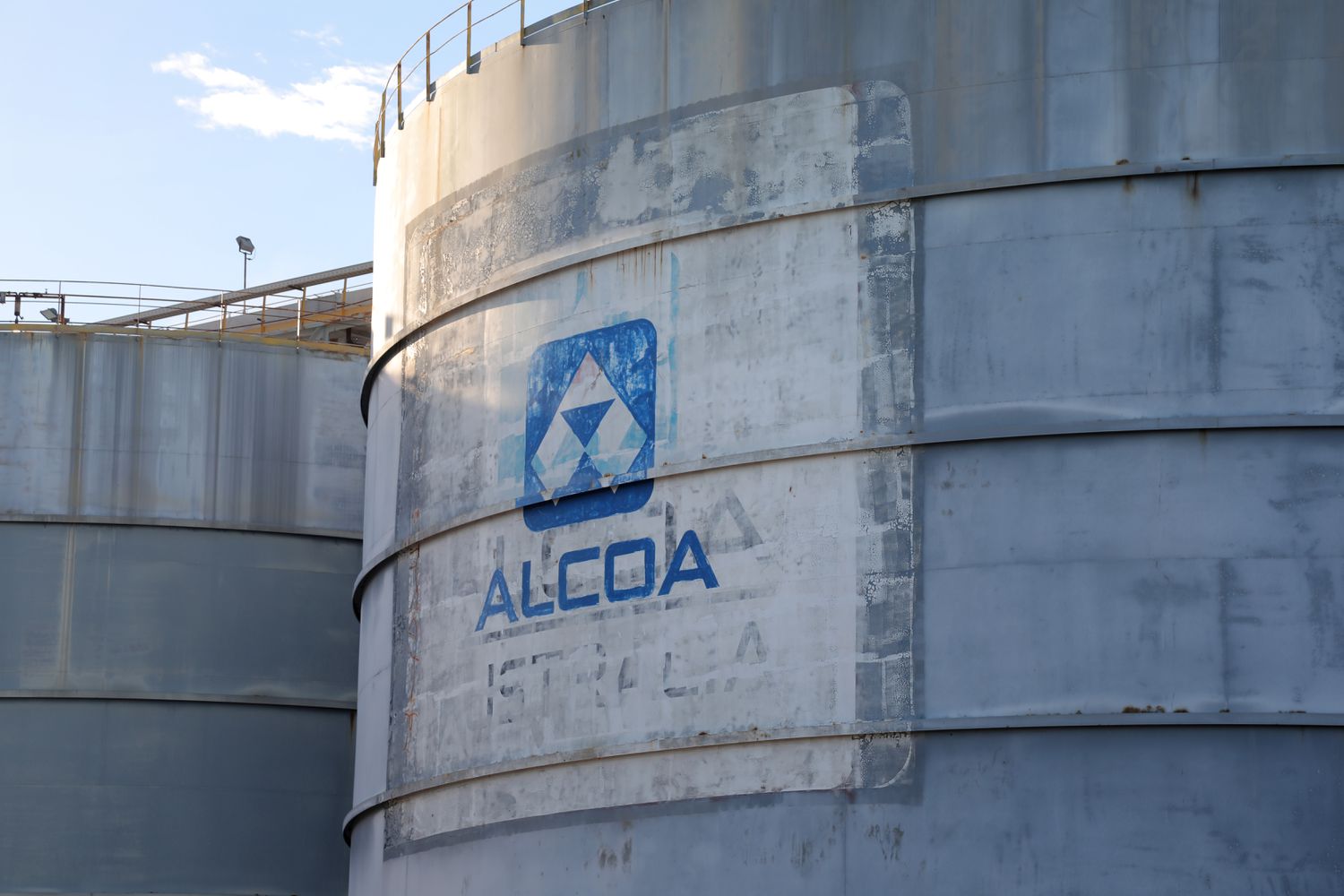

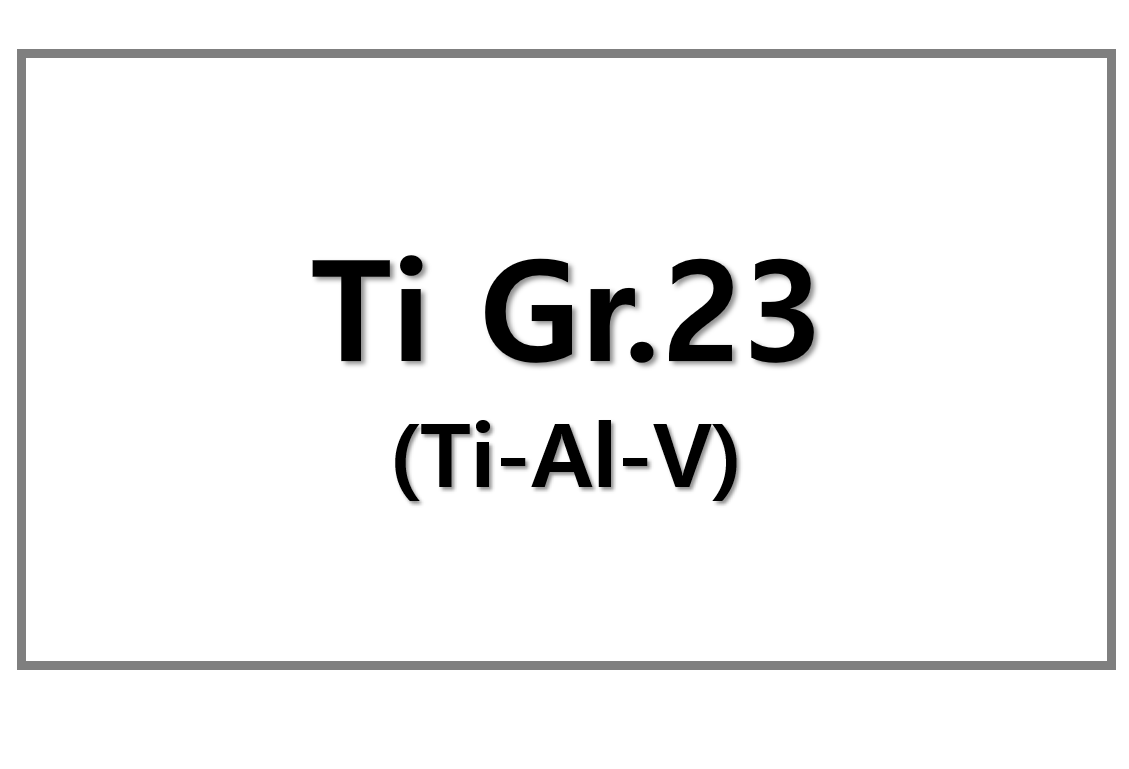
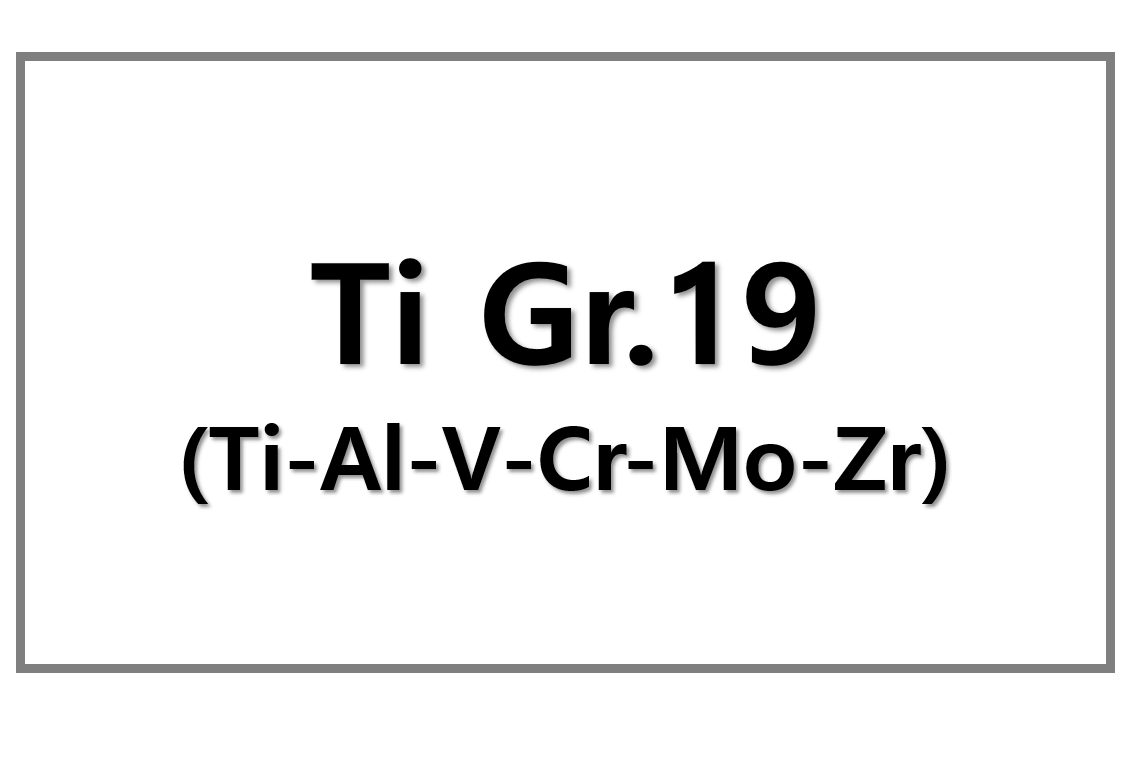
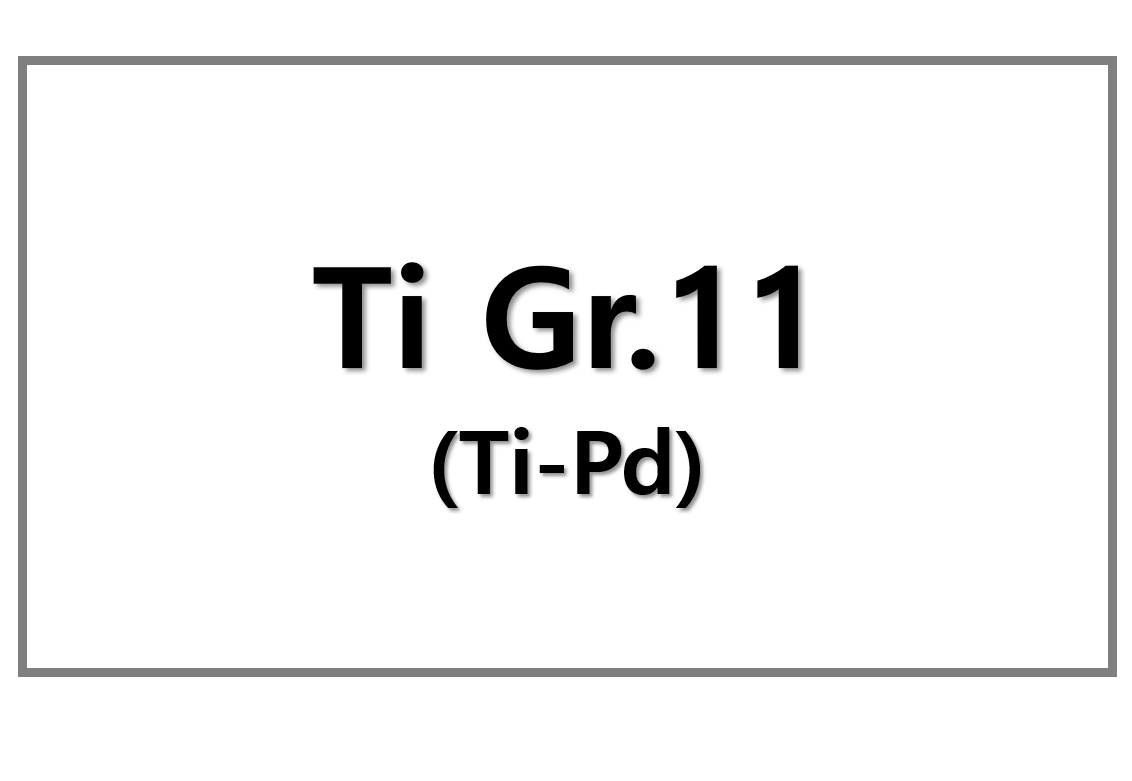
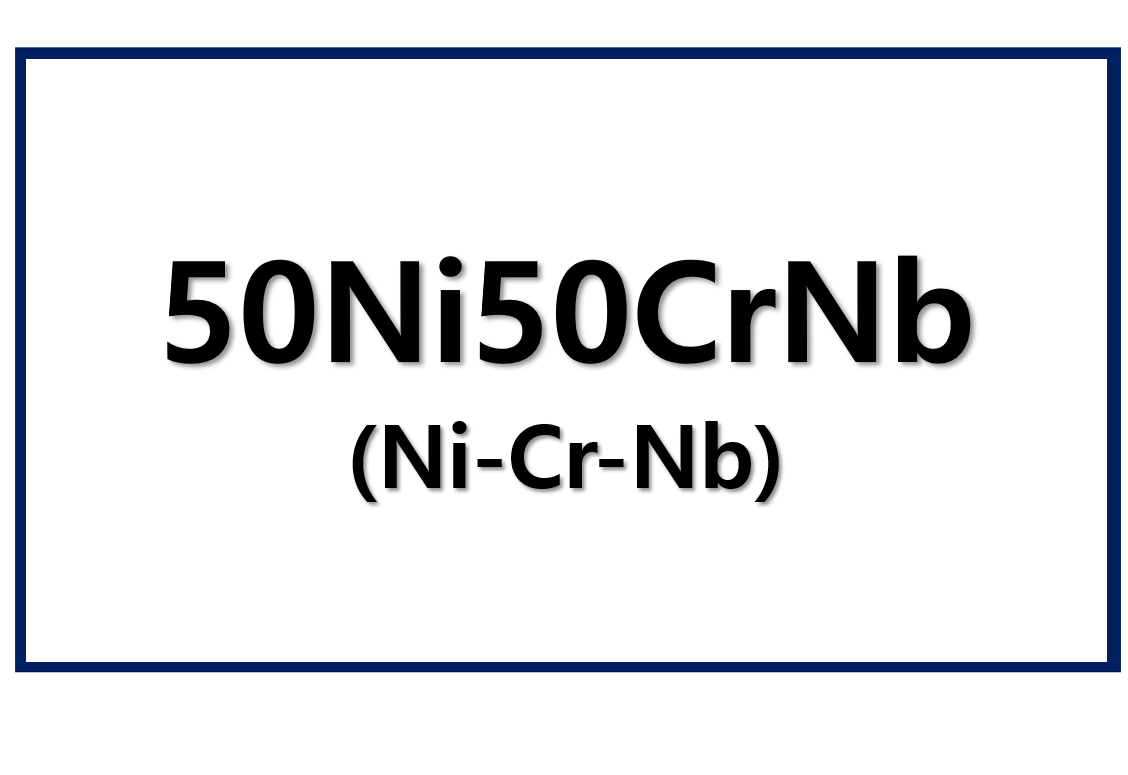
Leave a Reply
You must be logged in to post a comment.